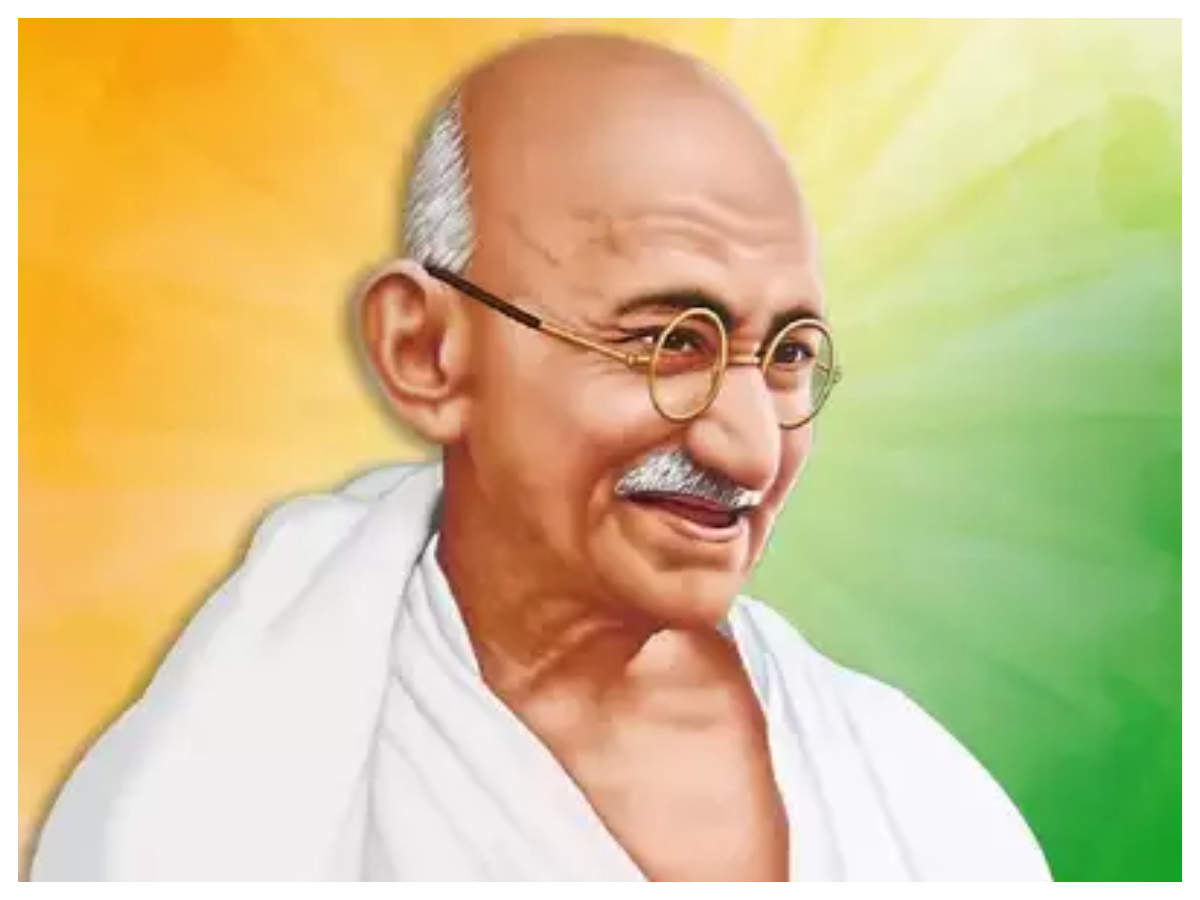Who is Sharda pandit:- Sharda Pandit The Kashmir Files Movie Real Character: Almost everyone knows that the film ‘The Kashmir Files’ is based on the true story of the Kashmiri Pandit, the film is based on the incidents that happened in real-life, Here we are going to talk about the much-talked character of Sharda Pandit, we are going to tell you all details regarding the character.
Sharda Pandit is the real-life story of Girija tickoo, the girl who was brutally raped and killed by the terrorists. It is the actual case of Girija tickoo, played as Sharda Pandit by Bhasha Sumbli. The brutal behavior she faced by the terrorists is an eye-opener for everyone. Read the article to know about Who is Sharda Pandit? Real name, story, character and much more.
The character of Sharda Pandit is played by Bhasha Sumbli and is inspired by the two incidents, the first character in which she was forced to watch the blood socked rice, the character was inspired by the real-life character of the wife of Er. Bk Ganjoo. BK Ganjoo was a Kashmiri engineer who was killed by the Militants.
Who is Sharda Pandit? | Who was Girija Tickoo
Most people are familiar with Sharda Pandit because she appears in The Kashmir Files Movie as a central character who has a major role in the story. Part of the story in Kashmir Files is about the 40000 Kashmiri Pandits who were killed, raped, murdered, and burned by Muslims. The character Sharda Pandit is based on two violent incidents. Bhasha Sumbli is the actress who portrays this role. ‘The Kashmir Files’ is based on a true story and it has been inspired by two incidents that happened to the Kashmiri Pandits.
Sharda Pandit Real Name
Sharda Pandit’s character was inspired by the real-life of two different people. both of the characters were relying on the real-life of the two different people and their lives. In the movie, it is shown as a single character but in reality, these two were different people. The character is amazingly performed by Bhasha Sumbli.
Sharda Pandit is the real character in the movie The Kashmir Files. Almost everyone is aware of her, knows her real story, and has a fair idea of what she looks like.
About Girija Tickoo
In the Kashmir Files movie, her story is so true that after reading about her, it will seem like a lie but this is a true story. You can also see this photo of Girija Tickoo at that time.
I will tell you in this article after raping a brutal gang rape, a Kashmiri Pandit woman Sharda Pandit (Girija Tickoo) was cut with a saw machine.
Sharda Pandit Real Story in the Kashmir Files Movie
In the recently released movie The Kashmir Files, then this Girija Tickoo’s character, who has played, similar scenes have been shown in as Sharda Pandit character. Actress Bhasha Sumbli played the character of Sharda Pandit. Hotstar
Girija Tickoo Brutal Torture
according to reports, Girija Tickoo was a Kashmiri Pandit, who was gang-raped and cut into half while she was still alive. Her niece, Sidhi Raiana, has now broken her silence. She took to Instagram and wrote that the incident still leaves her in ‘shivers, tears, and nausea’. Her post read, “The Kashmir Files has released worldwide. This film shows the horrifying nights not only my family went through but what every Kashmiri Pandit family went through. TW: Rape, Torture, Murder.”
We read Girija Tickoo’s niece’s tweet, and here is an explanation of what it says.
“I have been left in shivers, tears, and nausea since my father’s sister, Girija Tickoo, went to the university to collect her paycheck. As she returned to her dormitory, the vehicle she was traveling stopped.”
“Then my bua was put into a taxi with five other men. One of these men was her colleague, and he tortured her, raped her, then mercilessly killed her by cutting her alive with a carpenter’s saw.”
“If a brother had to face the painful reality that their brother was not at fault in this gruesome battle of hypocrisy, imagine the pain he would experience. So far, I haven’t heard anyone from my family mention this incident until this current time.”
Bhasha Sumbli
Vivek Agnihotri’s The Kashmir Files director, Bhasha Sumbli, has opened up about how the brutal massacre affected her family after portraying Sharda Pandit. A Kashmiri Pandit, Bhasha revealed that while filming the most disturbing scene, she had a panic attack. Bhasha Sumbli plays a vital role in the movie depicting the exodus of Kashmiri Pandits from 1990.
In addition to sharing screenshots of her fans’ messages, Bhasha, who was cast as Anupam Kher’s daughter-in-law, Sharda Pandit, has been receiving praise for her performance. Bhasha’s portrayal of Sharda Pandit has received praise from all parties, including heartfelt notes from Kashmiri Pandits and Instagram DMs from famous leaders. While the actress was able to keep a level head during the shooting of The Kashmir Files, she said it was not easy.
The reliving of the brutal massacre was traumatic for another Kashmiri Pandit named Bhasha Sumbli. While she was shooting one of the most heartbreaking scenes in the film, Basha couldn’t deal with her emotions due to her family members’ stories about the departure. A set incident resulted in a panic attack and three days of isolation for the actress.
Bhasha Sumbli As Sharda Pandit
Bhasha Sumbli has been appreciated by both actors and viewers for her portrayal of Sharda Pandit on the show. The actress who portrays a Kashmiri Pandit in a movie says that it was not easy for her to do the scenes, as she is from that region. She also mentioned an incident where she had a panic attack while filming.
The movie was released on the Big Screens on March 10th, 2022. It clashed with Radhe Shyam which is a film that was released in 2022 and it is doing amazing business at the box office.
People Also Search For
- sharda pandit real name
- sharda pandit story
- sharda pandit real photo
- sharda pandit kashmiri
- sharda pandit kashmir real image
- krishna pandit
- girija tickoo
- sharda pandit kashmir story

![The Kashmir Files Full Movie Download 2022 [480p, 720p HD]p The Kashmir Files Full Movie Download 2022 [480p, 720p HD]p](https://i0.wp.com/www.gkbymrdj.com/wp-content/uploads/2022/03/introducing-sharda-pandit-played-by-bhasha-sumbli-in-the-kashmir-files-watch-motion-poster-001.jpg?fit=1170%2C614&ssl=1)














 Roosevelt came from a wealthy New York family, but he didn’t take an easy path through life. Born on October 27, 1858 in Manhattan, Roosevelt survived the tragedy of losing his wife and his own mother to illness on the same day in 1884, an assassination attempt in 1912, and an extremely dangerous military charge in Cuba in 1898.
Roosevelt came from a wealthy New York family, but he didn’t take an easy path through life. Born on October 27, 1858 in Manhattan, Roosevelt survived the tragedy of losing his wife and his own mother to illness on the same day in 1884, an assassination attempt in 1912, and an extremely dangerous military charge in Cuba in 1898.